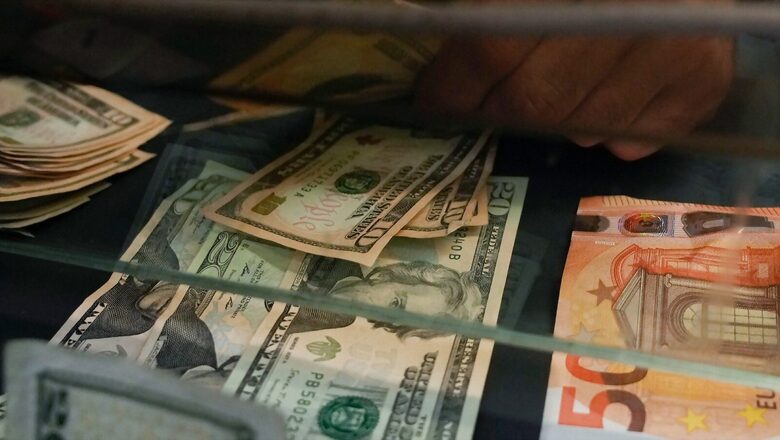
views
India has received its highest-ever FDI inflow of Rs 6,31,050 crore in the financial year 2021-22. Further, FDI equity inflow in the manufacturing sector increased to Rs 1,58,332 crore in 2021-22 from Rs 89,766 crore (FY2020-21), which is an increase of 76 per cent, according to an official statement.
Singapore, which accounted for 27.01 per cent of FDI inflows, and the US (17.94 per cent) have emerged as the top-2 sourcing nations in FDI equity flows into India in FY2021-22, followed by Mauritius (15.98 per cent), Netherland (7.86 per cent) and Switzerland (7.31 per cent). According to the UNCTAD World Investment Report (WIR) 2022, in its analysis of the global trends in FDI inflows, India has improved one position to seventh rank among the top 20 host economies for 2021. Here’s are the steps the government has taken to boost FDI inflows into India:
The commerce and industry ministry said in a statement that India’s monetary and fiscal policies have been positioned to lowering inflation and managing the current account deficit (CAD). Under this overarching framework, monetary and fiscal adjustments are done to address emerging economic issues.
Further, the Reserve Bank of India (RBI) has undertaken several measures to enhance forex inflows:
1) Exemption of incremental Foreign Currency Non-Resident (Bank) [FCNR(B)] and Non-Resident (External) Rupee (NRE) deposits from cash reserve ratio (CRR) and statutory liquidity ratio (SLR);
2) Permission to banks to raise fresh FCNR(B) and NRE deposits without reference to the extant regulations on interest rates until end-October 2022;
3) Inclusion of all new issuances of government securities (G-Secs) of 7-year and 14-year tenures under the fully accessible route (FAR) for FPls;
4) Exemption of investments by FPls in G-Secs and corporate debt made till October 31, 2022, from short-term limit;
5) Allowing FPI in commercial paper and non-convertible debentures with an original maturity of up to one year;
6) Temporary increase in the limit for external commercial borrowings (ECBs) under the automatic route from $750 million or its equivalent per financial year to $1.5 billion;
7) Increase in the all-in cost ceiling under the ECB framework by 100 basis points, subject to the borrower being of investment grade rating; and
8) Permission to AD Cat-I banks to utilise overseas foreign currency borrowings for lending in foreign currency to entities for a wider set of end-use purposes, besides exports.
The government also put in place a policy for attracting foreign direct investment (FDI), wherein most sectors, except certain strategically important sectors, are open for 100 per cent FDI under the automatic route. Subject to the provisions of the FDI Policy, foreign investment in the ‘manufacturing’ sector is under automatic route.
Although FDI saw an inflow of Rs 6,31,050 crore, foreign portfolio investors witnessed an outflow of Rs 1,22,239.83 crore in 2021-22. The outflow was due to the global uncertainty, which led to investors moving to the US for safe-haven investments. It was aggravated by Russia-Ukraine war.
Read all the Latest News and Breaking News here
















Comments
0 comment